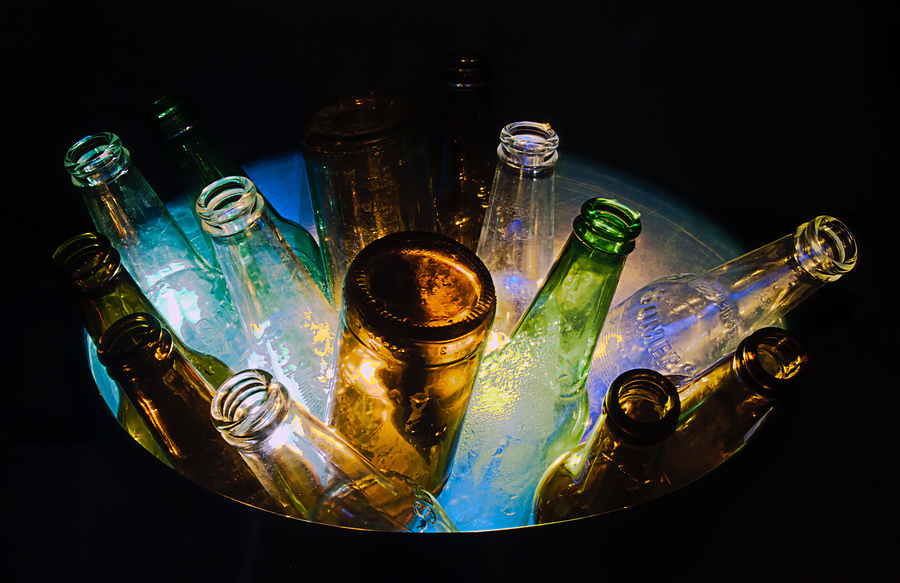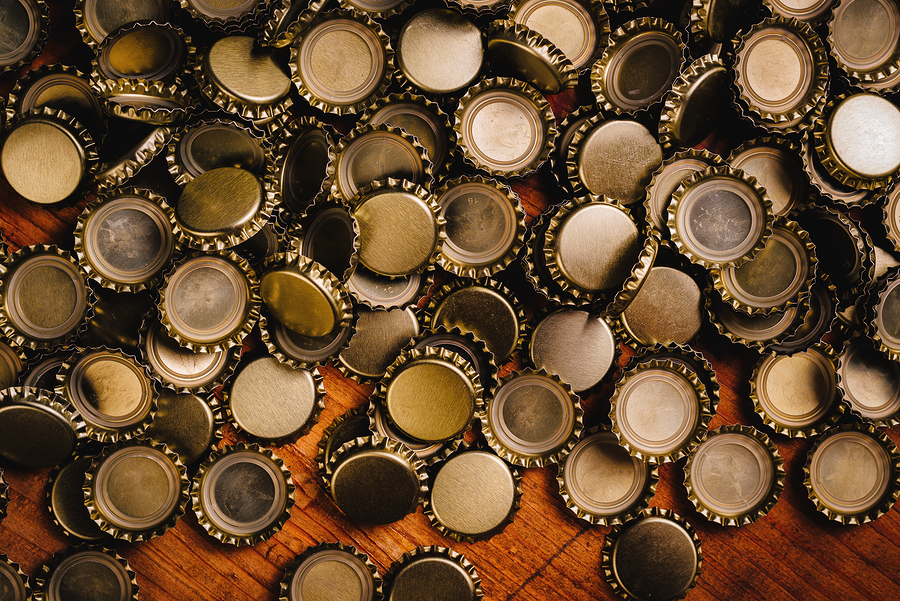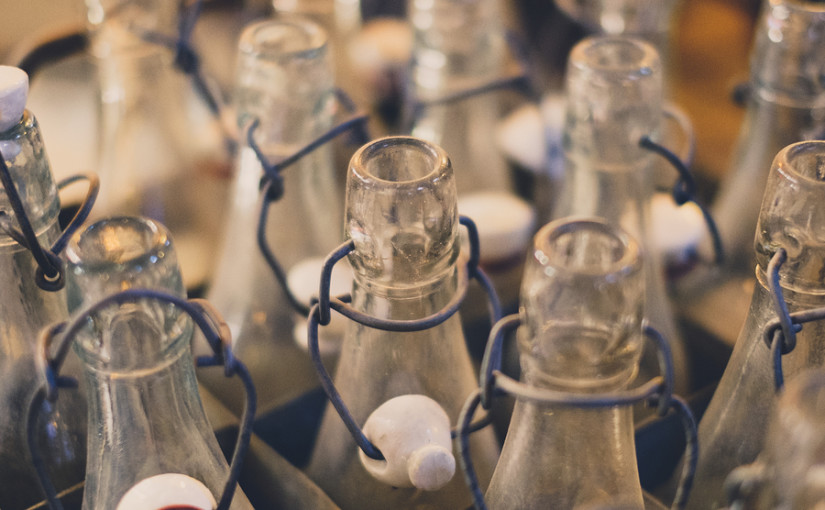Glass recycling has been one of the most familiar forms of recycling for decades, and many of us cannot remember a time when there weren’t green, brown and white bottle banks in supermarket car parks and other public places.
But the problem has always been getting to those public bottle banks when you have large amounts of glass to recycle, not to mention when you have anything other than a green, brown or clear bottle to recycle.
Here are our five top tips for recycling glass at home, which can help you improve your commitment to the environment with some simple everyday lifestyle changes.
Keep it Clean
Like any recycling, glass can become contaminated by other substances thrown into the same skip or bin – including those that the glass was originally designed to hold.
Make sure bottles are empty and jars are well scraped out. Nobody’s expecting you to put waste glass through a dishwasher cycle before you bin it, but even just a quick rinse under the tap can be a big help when it comes to processing the glass at the recycling plant.

Keep it Intact
It’s inevitable that some glass will break in the process of throwing it away – that might even be the reason why you throw it away at all – but in general if you can keep it intact, do.
This makes it much easier for similar colours and types of glass to be separated at the recycling plant and to remove any objects that are made of the wrong type of glass.
Leave it Out
Not all glass is suitable for recycling in the normal way, so although you can usually now mix different colours of glass together, try to be aware of items that are not suitable for glass recycling at home.
For example, most normal food and drinks jars and bottles are fine, but glass cookware like heat-proof jugs and pan lids are not, broken drinking glasses should be left out, and household goods like light bulbs and mirrors should be disposed of separately.

Stay Safe
Broken glass can be dangerous if you just throw it in a general waste bin unprotected, so take sensible precautions such as wrapping it in newspaper, if you don’t think it can be recycled.
A domestic skip is a good option to deal with large quantities of broken glass, such as during replacement double glazing work – although it probably can’t be recycled, there are ways to repurpose this type of glass, such as by crushing or grinding it, and this material can then be reused directly in a variety of ways.
What about the lid?
If a glass bottle or jar has a recyclable lid – even if the lid is not made of glass – then there are a few options. If you don’t want to put it in with your glass waste, then put it separately with the appropriate metal or plastic recycling.
But ‘dry mixed recycling’ is a term for when different recyclable materials (not including construction rubble or organic waste from the kitchen or garden) are sent for recycling together – and many jar lids can go in with the glass.
You don’t even need to take them off, if the jar is clean. Some recycling services even prefer the lid to be left on, as it keeps it together with the jar or bottle until it’s time to separate them for the different recycling processes.

